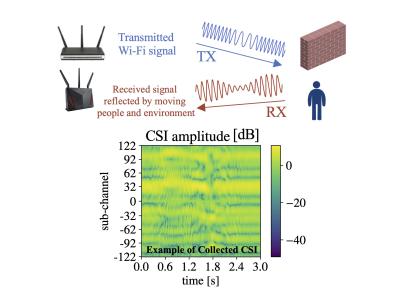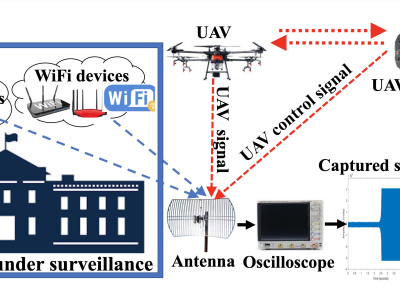3D massive MIMO channel model for high-speed railway wireless communication

- Citation Author(s):
-
Chengjian LiaoKui XuWei XieXiaochen Xia
- Submitted by:
- Chengjian Liao
- Last updated:
- DOI:
- 10.21227/q1nj-zh65
 564 views
564 views
- Categories:
- Keywords:
Abstract
In the fifth generation (5G) wireless communication, high-speed railway (HSR) communication is one of the most challenging scenarios. By adopting massive multi-input multi-output (mMIMO) technology in HSR communication, the design of the underlying communication system becomes more challenging. Some new channel characteristics must be studied, such as non-stationarity in space, time and frequency domains. In this paper, two models are established for the two states of HSR. When the HSR stops, a three-dimensional (3D) stationary channel model based on the single-ring distribution of the scatterers is established. When the HSR moves, a 3D non-stationary geometric random channel model(GRCM) based on the cylinder distribution of the scatterers by introducing the birth and death process of the propagation path and time-varying characteristics of the channel parameters is established. Moreover, a time evolution algorithm for time-varying channel parameters is proposed, and a modularization study of key parameter update algorithms is conducted. Finally, based on the proposed 3D non-stationary geometric random channel model, important time-varying channel statistical characteristics, such as time autocorrelation function (ACF), spatial cross-correlation function (CCF), doppler power spectral density (DPSD), and stationary interval are studied. Simulation results indicate that the properties of the proposed channel models, verified by simulation results, can match well with those of the theoretical model.
Instructions:
With the rapid development of information globalization, wireless communication has penetrated into all aspects of people's lives. It is expected that by 2020, there will be a fifth-generation (5G) wireless communication system with ultra-high user experience data rate, ultra-high connection density and ultra-high power [1]. As a typical application scenario of 5G communication, in recent years, high-speed railway (HSR) communication scenario have received widespread attention. A large number of HSR users require a huge amount of communication data, which far exceeds the capacity of the current HSR communication system. HSR wireless communication systems also face various challenges, such as frequent handovers, large doppler frequency shifts, and rapidly experiencing different scenarios [2-5].








